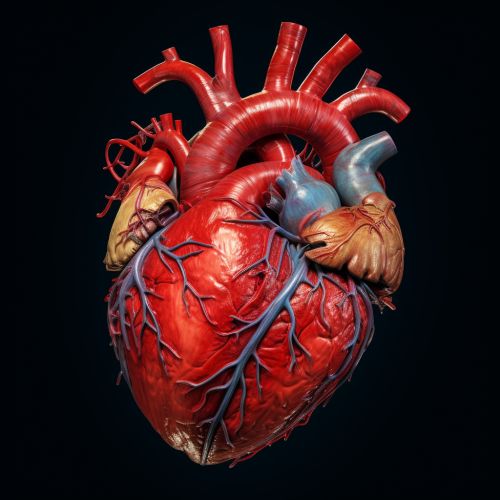Cavotricuspid isthmus
Anatomy and Physiology
The Cavotricuspid isthmus (CTI) is a region of the heart located between the inferior vena cava (IVC) and the tricuspid valve. It is a critical part of the right atrium's anatomy and plays a significant role in certain types of cardiac arrhythmias, particularly atrial flutter.


The CTI is a relatively thin, flat strip of tissue that forms the lower part of the right atrium's floor. It is bordered by the IVC and the tricuspid valve, which separates the right atrium from the right ventricle. The CTI is an important part of the heart's electrical system, as it is often involved in the re-entry circuits that cause atrial flutter.
Role in Cardiac Arrhythmias
The CTI is most notably involved in typical atrial flutter, a type of supraventricular tachycardia. This arrhythmia is characterized by a rapid, regular rhythm in the atria, typically around 300 beats per minute. The fast rhythm is caused by a re-entry circuit, often involving the CTI. In typical atrial flutter, the electrical impulse travels around the tricuspid valve and down the CTI, then back up through the atrial tissue, creating a loop.
Ablation Therapy
Given the CTI's role in atrial flutter, it is often the target of catheter ablation therapy. This procedure involves inserting a catheter into the heart and using radiofrequency energy to create a line of scar tissue across the CTI. This scar tissue blocks the re-entry circuit, effectively curing the atrial flutter.
Clinical Significance
Understanding the anatomy and physiology of the CTI is crucial for cardiologists and electrophysiologists. It is not only involved in the pathophysiology of atrial flutter but also has implications for procedures such as right heart catheterization and pacemaker implantation.
